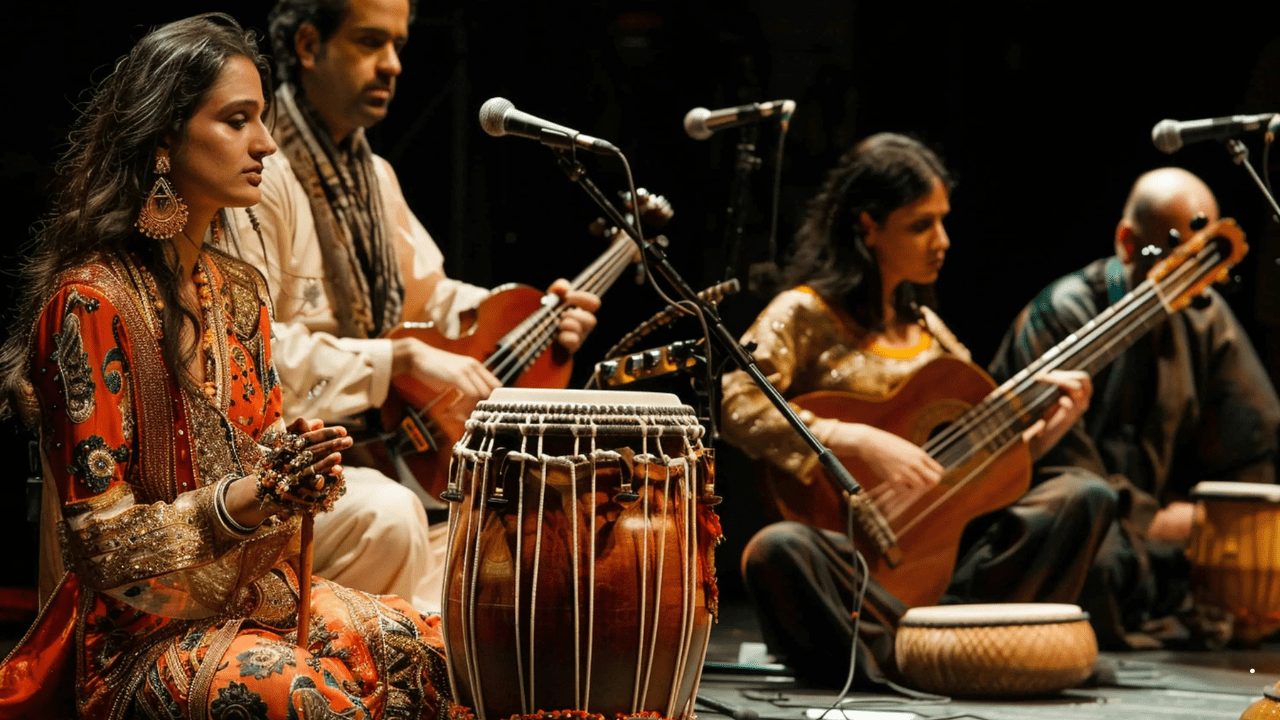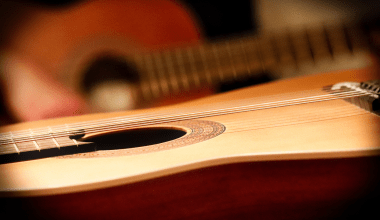Indian classical music stands as one of the most profound and intricate art forms globally, boasting a rich history that spans millennia. Steeped in tradition, philosophy, and cultural significance, the history of Indian classical music reflects the spiritual essence and artistic expression of the Indian subcontinent. Let’s explore its journey through time, understanding how it evolved and became a cornerstone of India’s cultural heritage.
Origins of Indian Classical Music
The history of Indian classical music dates back to the Vedic period, around 1500 BCE. The Samaveda, one of the four Vedas, contains hymns that were sung using specific musical notations. These hymns laid the foundation for the earliest forms of classical music. The Vedic chants emphasized pitch, rhythm, and melody, elements that continue to define Indian classical music today.
During this era, music was deeply intertwined with spirituality and rituals. It was considered a medium to connect with the divine, with melodies reflecting the rhythms of nature and the cosmos.
Development Through the Ancient Period
As Indian civilization flourished, so did its music. The Natya Shastra, written by Bharata around 200 BCE to 200 CE, is one of the earliest texts to codify the principles of performing arts, including music. This treatise elaborated on scales, rhythms, and the emotional impact of music.
The history of Indian classical music during this period saw the emergence of two distinct styles:
- Carnatic Music: Rooted in the southern regions, Carnatic music focused on devotional themes and intricate compositions.
- Hindustani Music: In the north, Hindustani music evolved, influenced by Persian and Mughal cultures, creating a synthesis of native and foreign elements.
Influence of Religion on Indian Classical Music
Religion played a pivotal role in shaping the history of Indian classical music. Temples became the hub of musical innovation, with compositions often dedicated to deities. Bhakti (devotion) and Sufi movements further enriched the repertoire, introducing devotional songs like bhajans and qawwalis.
Evolution During the Medieval Era
The medieval period marked a significant transformation in the history of Indian classical music. The Mughal rulers, especially Akbar, were patrons of music. During Akbar’s reign, the legendary Tansen became a central figure in Hindustani music. Tansen’s contributions, such as the creation of new ragas, elevated the art form to unprecedented heights.
In the south, composers like Purandara Dasa laid the groundwork for Carnatic music. Known as the “father of Carnatic music,” Purandara Dasa’s compositions and methods of teaching continue to influence the genre.
Key Elements of Indian Classical Music
Indian classical music is built on several fundamental components that have remained consistent throughout its history:
- Raga: The melodic framework that defines the mood of the music.
- Tala: The rhythmic pattern that provides structure.
- Improvisation: A hallmark of Indian classical music, showcasing the artist’s creativity.
- Emphasis on Spirituality: Music as a path to transcendence.
These elements underline the depth and complexity of Indian classical music, distinguishing it from other musical traditions.
Renaissance and Modern Contributions
The history of Indian classical music experienced a renaissance in the late 19th and early 20th centuries. Figures like Vishnu Narayan Bhatkhande and Vishnu Digambar Paluskar worked to systematize Hindustani music. They established schools and institutions that formalized training methods, ensuring the preservation of this ancient art.
In the south, the Trinity of Carnatic music—Tyagaraja, Muthuswami Dikshitar, and Syama Sastri—composed numerous kritis (devotional compositions) that remain central to Carnatic music performances.
Indian Classical Music in the Global Arena
In the 20th century, maestros like Ravi Shankar and Ustad Zakir Hussain introduced Indian classical music to the world stage. Their performances in the West brought global recognition to the richness of the history of Indian classical music. The fusion of Indian classical music with other genres also emerged, broadening its appeal.
Challenges and Revival Efforts
Despite its rich legacy, the history of Indian classical music faces challenges in the modern era. The rise of popular music and digital media has shifted audience preferences. However, efforts to revive and sustain classical traditions through festivals, online platforms, and music schools are ongoing.
Conclusion
The history of Indian classical music is a testament to its enduring beauty and cultural significance. From its Vedic roots to its global impact, it continues to inspire generations of listeners and performers. By preserving and celebrating this heritage, we honor the timeless art form that is Indian classical music.
Related Articles:
For further reading, explore these related articles:
- Unveiling Karan Aujla’s First Song Date
- ADE Music Festival: A Deep Dive into the Ultimate Dance Event
For additional resources on music marketing and distribution, visit Deliver My Tune.






